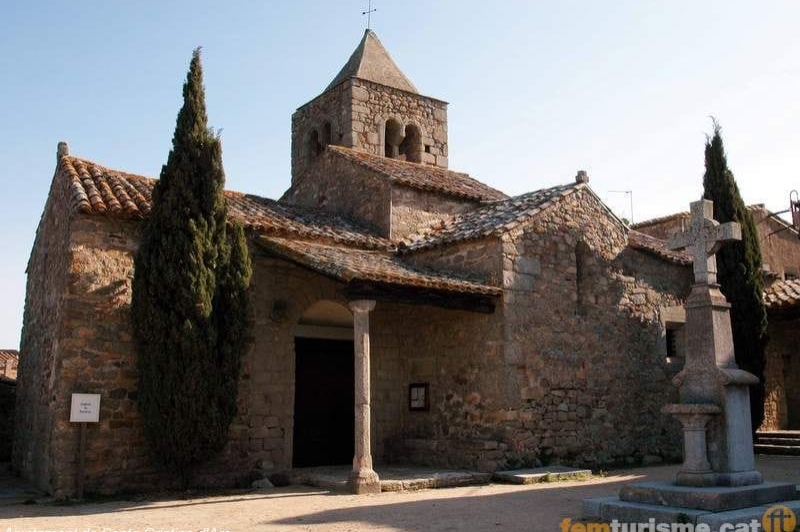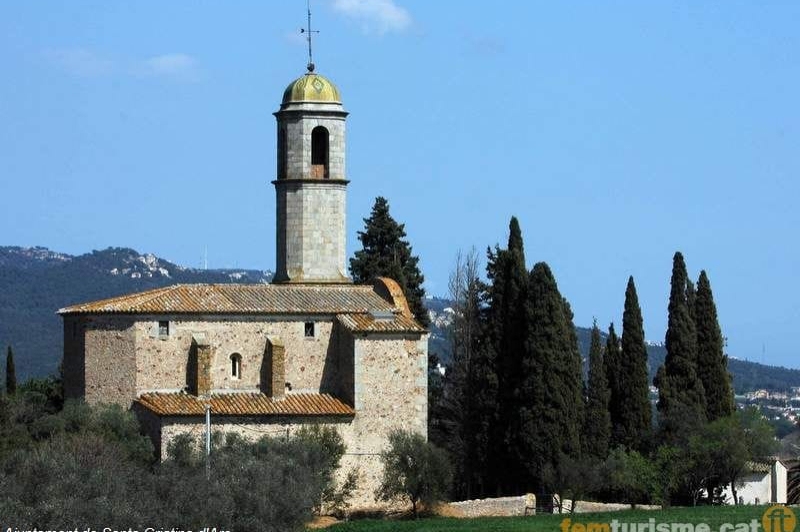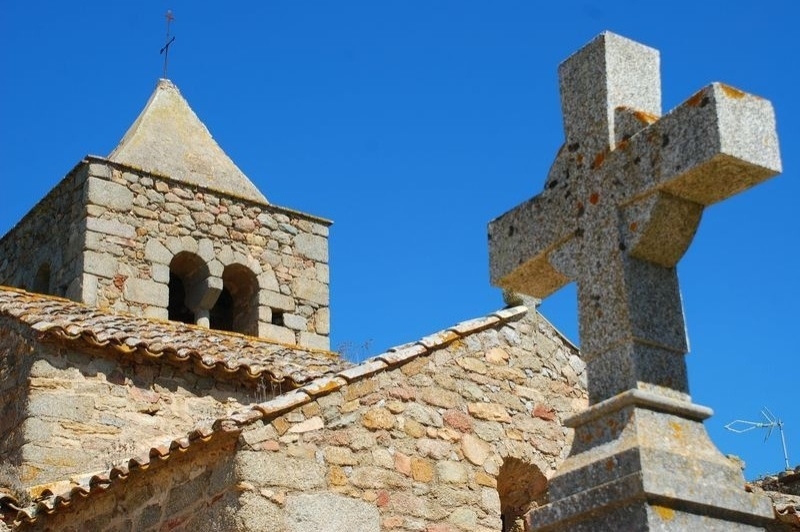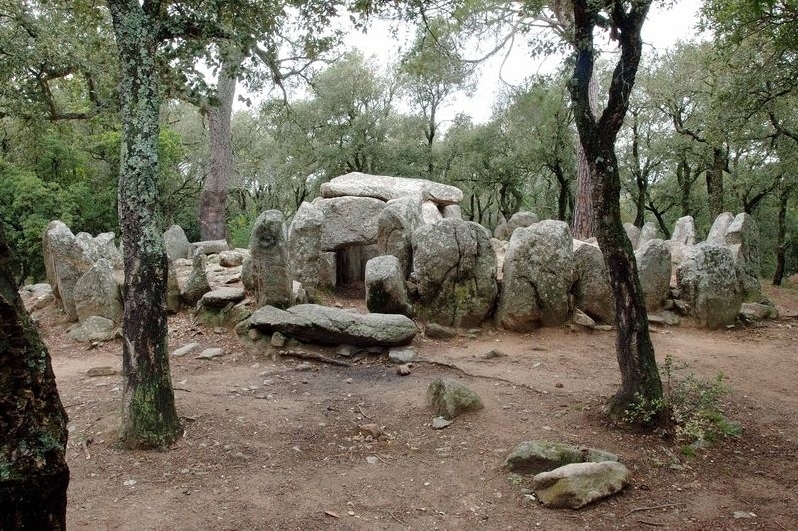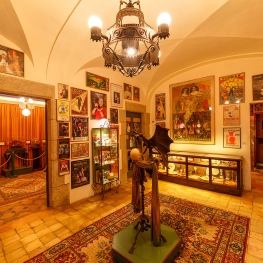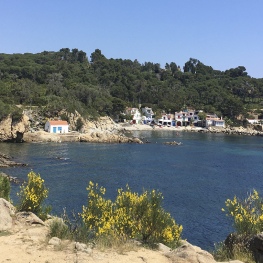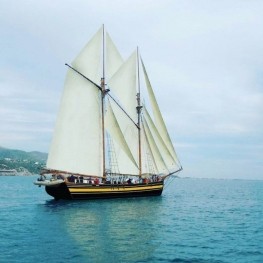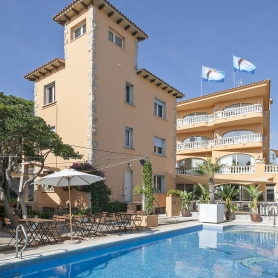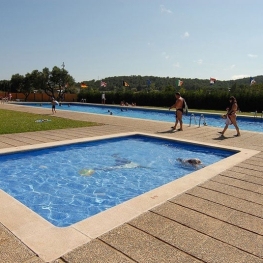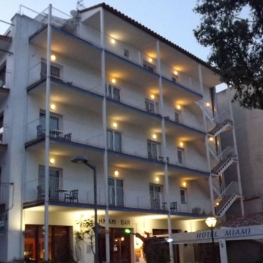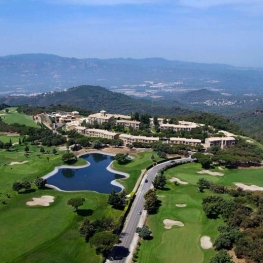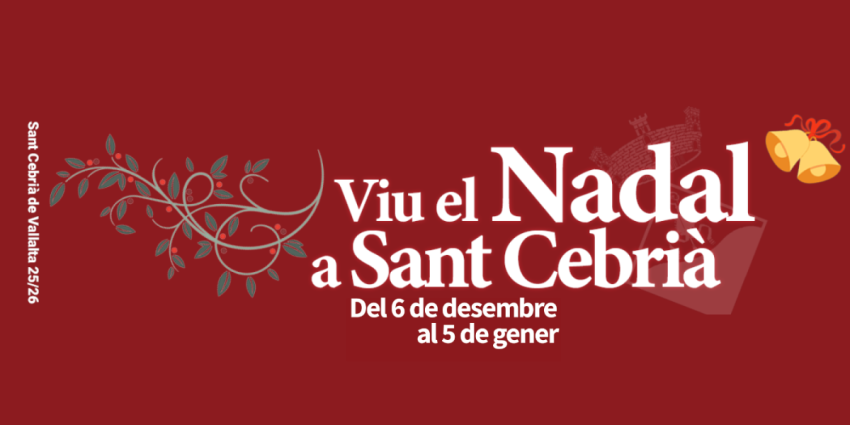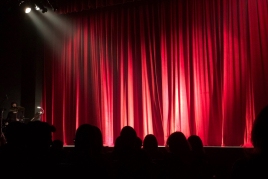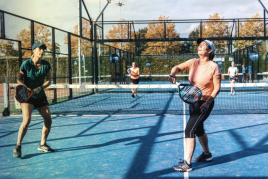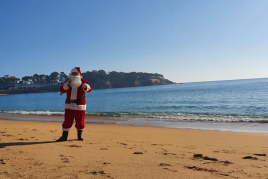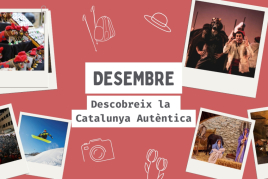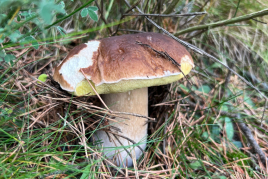Santa Cristina d'Aro
Santa Cristina d'Aro is a municipality in the Baix Empordà region of the Vall d'Aro region, bordered by the Gavarres mountain range to the north and the Ardenya mountain range to the south. In addition to the city center, Santa Cristina also includes the former towns of Romanyà de la Selva, Bell-lloc, and Solius. In 1858, it was separated from Castell d'Aro, becoming the municipality of Santa Cristina d'Aro.
The land is mainly forested, with pine, oak and cork oak forests. There are also areas of agricultural and industrial exploitation, but the main activity of the municipality is tourism, which is mainly concentrated in the summer months. The municipality has a good number of tourist infrastructures: horse riding, golf courses and other diverse recreational proposals, such as: The Solius Monastery, which houses a unique collection of 39 dioramas; the Great Museum of Magic, Xevi collection, museum of illusion and curiosity where we will find the most important private collections, with international recognition, related to the world of magic and illusionism, the private collection of Enrique Sacristán related to the world of the lyrical genre known as Zarzuela, among others.
The geographical location of Santa Cristina and the beauty of its surroundings make it an ideal place for outdoor activities and to fully enjoy the natural and heritage wealth. There are several hiking and cycling routes that attract visitors. Among the most notable is the Via Verda, a cycle path that follows the old route of the Carrilet that ran from Sant Feliu de Guíxols to Girona. There is also the Rodoreda – Romanyà literary route that brings us closer to the work of the writer Mercè Rodoreda and It's a great way to combine hiking with culture. Santa Cristina d'Aro is a megalithic land par excellence. Both in Ardenya and in the Gavarres you'll find archaeological remains of great heritage interest, the most important of which is the Daina Cave dolmen in Romanyà. Other highlights include the medieval Solius Castle, now in ruins, the Salenys Gorges, and the Font Picant, among others.
Throughout the year, a wide range of guided tours are offered to discover the municipality's natural and cultural heritage.
Within the municipal area, we find 3 coves of great beauty: Cala de Canyet, Cala del Sr. Ramón and Cala Vallpresona.
Various festivals are celebrated in Santa Cristina throughout the year. Among the most important is the Fiesta Mayor (Major Festival), held around July 24th, with a variety of activities, one of the most notable being the Cursa Popular (Popular Race). The Friendship Carnival always attracts a large number of visitors to the town. Each town also has its own festival: in Solius it is held in the second half of May, in Bell-lloc on August 15th, and in Romanyà in mid-September.
Places of interest
Church of Santa Cristina
The church combines pre-Romanesque structures from the 10th century with Romanesque elements from the 11th century, such as the semicircular apse and Lombard decoration. It has two naves, a transept, and chapels added in the 16th and 17th centuries. Preserved are a pre-Romanesque relief, a Romanesque door (12th-13th century), and another from the 18th century.
The bell tower is Romanesque, covered with tiles in the 20th century. Inside, the altarpiece of Santa Cristina (16th century) stands out, designed by Joan Pujades with paintings attributed to Joan Sánchez Galindo, and modern fabrics by Benet Casabó.
Ruins of the Early Christian Chapel of Santa Cristina de Aro
A 6th-century chapel with a small nave and a rectangular apse. The sanctuary, with two side spaces reminiscent of the early Christian pastophoria of North African influence, is notable for its historical interest. It was probably a sepulchral chapel or one linked to a Roman villa, later converted into a cemetery church.
Church of Santa María de Bell-lloc
A 10th-century pre-Romanesque church with a single nave, a horseshoe apse, and a vaulted ceiling. Nearby remains of a 6th-century circular building were found, replaced in the 11th century by a Romanesque chapel with a semicircular apse. The current rectory dates from the 18th century.
Church of San Martín de Romanyà
A pre-Romanesque church dating from the late 10th or early 11th century, documented in 1019 as being linked to the canonry of Girona. It has a cruciform floor plan with a trapezoidal apse, a vault, and a pseudo-domed structure in the transept. The windows and stonework anticipate the Romanesque style. The south door is covered with a porch. Inside, a modern image of Saint Martin, the work of Modesto Fluvià, is preserved.
Monastery of Solius
The Cistercian monastery of Santa María de Solius (Baix Empordà) was founded in 1967 by monks from Poblet and belongs to the Cistercian Congregation of the Crown of Aragon. It stands on the remains of an old Romanesque church (10th-11th century), which was enlarged over the centuries and rebuilt in the 18th century with a central nave and side chapels with neoclassical altarpieces.
The current bell tower, visible from the Vall d'Aro, was built between 1829 and 1830 on the Romanesque foundation. Today, the monastery is a center of prayer and spirituality, open to the public, with gardens and a remarkable collection of nativity scenes begun in 1970 by Brother Gilbert Galceran.
Dioramas of Solius
The Solius diorama collection, begun in 1970 by Brother Gilbert Galceran and continued by Brother Albert Fontanet, is a unique collection of high artistic and religious value. The monks have carefully crafted every element—except the figures, which were often custom-made—and maintain the display thanks to their labor and donations from visitors.
The monastery offers a cultural service that reflects its welcoming vocation and monastic tradition.
Iberian town of Plana Basarda
Plana Basarda, an Iberian settlement inhabited between the 4th and 1st centuries BC, occupied a 300 m plateau in the foothills of Ardenya, with a defensive wall, a cistern, some 30 silos, and a central street. The settlement extended over some two hectares.
The Great Museum of Magic "The Magic House"
A Catalan house from 1850 with a chapel that houses the magic collection of the illusionist Xevi: automatons, posters, magic devices, paintings, cards, tarot cards, books and curious objects collected throughout his international career.
What to do
El Gran Museu de la Màgia
Santa Cristina d'AroCome and discover the Casa Mágica, where automatons, posters, magic devices from…
Sailing Boats and Events (Goleta Äran)
Palamós (a 10.4 Km)Experience the experience of sailing on a historic vessel. Daily departures from…
L'Espai Gastronomia
Tossa de Mar (a 12.5 Km)Enjoy a place where laughter, festivity, and gastronomy unfold around a large…
Where to eat
L'Espai Gastronomia
Tossa de Mar (a 12.5 Km)Enjoy a place where laughter, festivity, and gastronomy unfold around a large…
Where to sleep
Van der Valk Hotel Barcarola
Sant Feliu de Guixols (a 4.6 Km)Mediterranean-style hotel ideal for enjoying a relaxing break in one of the…
Càmping Relax-Ge
Mont-Ras (a 14.2 Km)Camping located in Mont-ras, in the geographical center of the Costa Brava,…
Hotel Miami
Tossa de Mar (a 12.2 Km)Hotel Miami, managed by the Vila family, combines a family atmosphere, a…
Hapimag Mas Nou
Castell - Platja d'Aro (a 2.4 Km)Apartments within the Golf d'Aro complex on the Costa Brava; located in…
Events
Experiences
Padel package at Van der Valk Hotel Barcarola
Van der Valk Hotel Barcarola (Sant Feliu de Guixols) (a 4.6 Km)
Christmas packages at Van der Valk Hotel Barcarola
Van der Valk Hotel Barcarola (Sant Feliu de Guixols) (a 4.6 Km)

